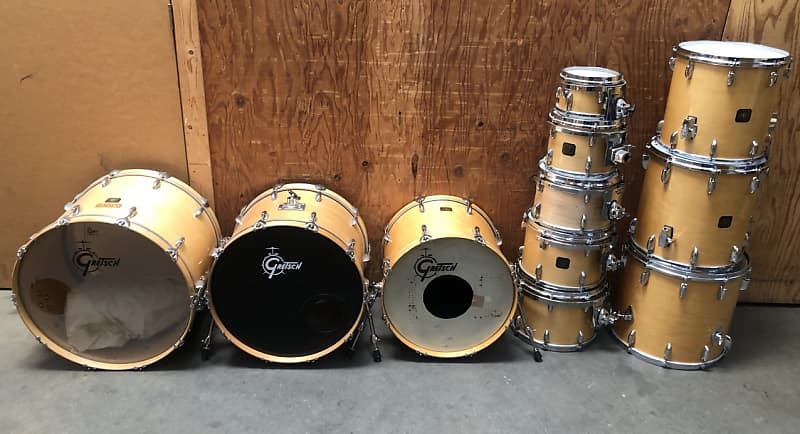I know this is a slightly tricky topic to discuss without getting into specifics, but as I'm looking up recording equipment I'm wondering - how much better are "high end" shells than mid-range ones that share the same wood, and seeing it's easier to make a mid-range drum kit sound "better" with good heads and tuning, how do you find the best balance between investing in drums vs microphones?
For ex: The Gretsch Catalina Maple and the Pearl Music City Custom both use maple shells, but they're clearly in different tiers - can someone explain to me what the value of more expensive shells is?
For ex: The Gretsch Catalina Maple and the Pearl Music City Custom both use maple shells, but they're clearly in different tiers - can someone explain to me what the value of more expensive shells is?


